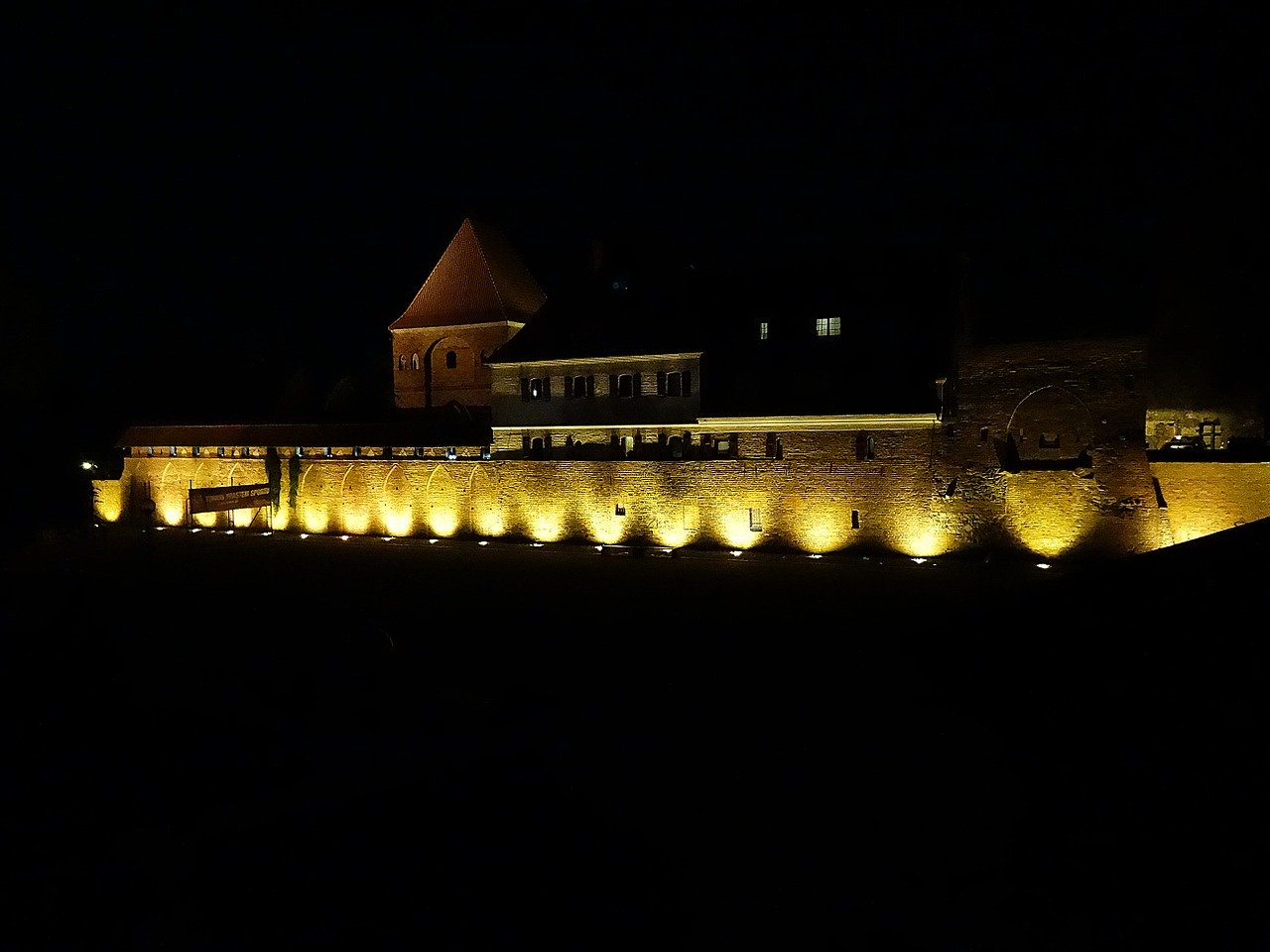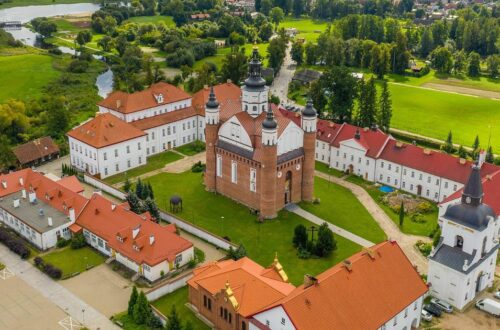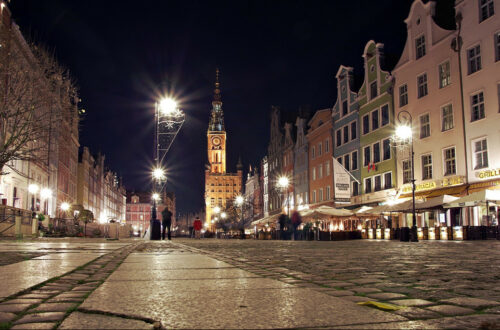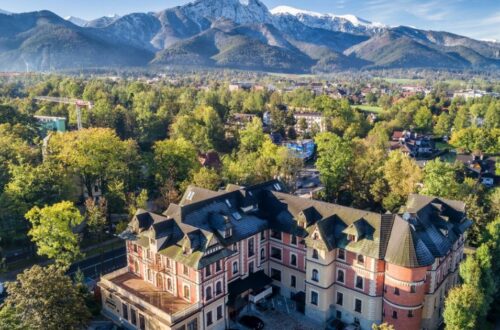Baranow Sandomierski Castle
Baranow Sandomierski Castle is one of the best-preserved fortifications of this type in Europe. This pearl of Renaissance architecture in the northwest of the city is called “Little Wawel.” The former seat of the Leszczyński family is surrounded by a 14-hectare park, and within it, there is also a three-star Hotel. Travelers willingly visit this secluded place.
History
The Castle in Baranów Sandomierski was initially a Renaissance court. It was built on the initiative of the governor of Radziejów – Rafał Leszczyński. His son Andrzej Leszczyński in the years 1591-1603, expanded it into a castle which appearance we can admire to this day.
In 1620, impressive, modern bastion fortifications were built around the castle, which was one of the most extensive fortifications of this type. The next owners of the estate were Prince Dymitr Jerzy Wiśniowiecki and Józef Karol Lubomirski of the Śreniawa coat of arms.
Lubomirski, after 1695 initiated another reconstruction of the residence, involving the most famous of the Polish architects, the builder of the Krasiński Palace in
According to his design, the first floor of the west wing was expanded by one route for the gallery of paintings; some interiors were also transformed, modernizing them and giving them a residential character. The rooms created during this period received lavish Baroque decorations in the form of stucco paintings, decorative fireplaces, and portals.
In 1720 Lubomirscy sold the castle to prince Paweł Karol Sanguszka. Soon afterward, it fell into the hands of the Małachowski, Potocki, and then Krasicki families. Krasicki family renovated and restored it to its former glory.
In the castle, souvenirs of bishop Ignacy Krasicki, valuable art collections, rare furniture, paintings, and a rich library were collected. Sadly all this burned down on September 24, 1849, when a massive fire broke out in the castle for reasons unknown today, destroying not only valuable equipment but also the entire wooden structure with the roof and ceilings of the upper floors.
The owners could not afford to rebuild such a large complex, and the lack of specific plans for this place led to deep devastation and the most significant decline in its history.
Consequently, the castle was put up for auction in 1867, which was won by the wealthy landowner Feliks Dolański from Grabów. His son, Stanisław Karol Dolański, restored the former functions of the residence in the following years, although in a much more modest dimension. In 1898 another fire broke out, which destroyed part of the historic interior.
The building was reconstructed by a new owner who made some changes in the layout of the rooms; the Art Nouveau chapel was created, in which the painting “Mother of God Immaculate” by Jacek Malczewski was placed in the altar. The last pre-war owner of the residence was Roman Dolański, who lived here until 1940 when the Germans seized property.
The times of World War II and a short period after its end had a tragic impact on the technical condition of the castle. Neither the Nazis nor the Soviets who devastated its interiors burning fires from floors and antique furniture did not care for the castle.
After the war, the castle was rebuilt by the State and handed over to Sulfur Plant “Siarkopol.” Since 1997, the owner of the Castle and Park Complex is Agencja Rozwoju Przemysłu S.A. in
Visiting Poland’s Renaissance Masterpiece
The castle in Baranów Sandomierski was erected as the “palazzo in Fortezza” on a quadrangle plan, with corner towers connecting individual wings surrounding a rectangular arcaded courtyard.
An interesting fact is that the courtyard is located at the height of the floor. Frequent floods of the Vistula explain this – water came under the castle, but it did not flood the courtyard.
Visiting the interior begins with the chapel, which was built by the last owner Dolański. There is also an armory, Tylman gallery with the rich stucco and beautiful paintings in stucco frames depicting panoramas of Italian cities, and Falconi’s Tower, which is covered with decorations of real gold.
One of the most enjoyable rooms is the portrait room, in which there are four great portraits of Polish kings. On the ground floor, there is a restaurant and hotel section.
Visiting hours
- In the winter season (from October 1 to March 31) from 9.00 a.m. to 4.00 p.m. (15.00 last admission with a guide)
- In the spring and summer season (from April 1 to September 30) from 10.00 a.m. to 7.00 p.m. (6.00 p.m. last admission with a guide)
Ticket Prices
Guided sightseeing route (approx. 60 min.) in Polish.
Regular: 15 PLN
Reduced: 8 PLN
Sightseeing in Foreign language- negotiable. Reservations can be made on the castle website here.
Getting There
To get to Baranów Sandomierski castle, it is best to set off from Tarnobrzeg (approx. 15 km), Mielec (approx. 20 km), or Sandomierz (approx. 30 km). The nearest large city is Rzeszow, located about 70 km from the castle.
Although the castle and park complex is located on the outskirts of the town, there should be no access problems, thanks to skillfully placed signposts that efficiently lead us to the desired destination. We leave the car in a small, paid car park opposite the entrance gate.
Bottom Line
Sometimes described as The Little Wawel castle in Baranów Sandomierski is the combination of the most recognizable and most visited objects of this nature in Poland. The location in a quiet area and the vicinity of a picturesque park creates an exceptional atmosphere; hence, it is worth coming here.
This object, despite the extraordinary beauty and absolute architectural uniqueness, also offers a luxury hotel with numerous charming rooms. Absolutely amazing and definitely deserves your precious time.




